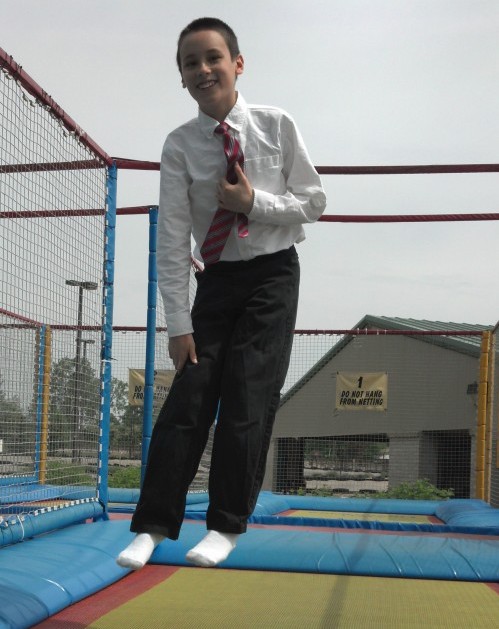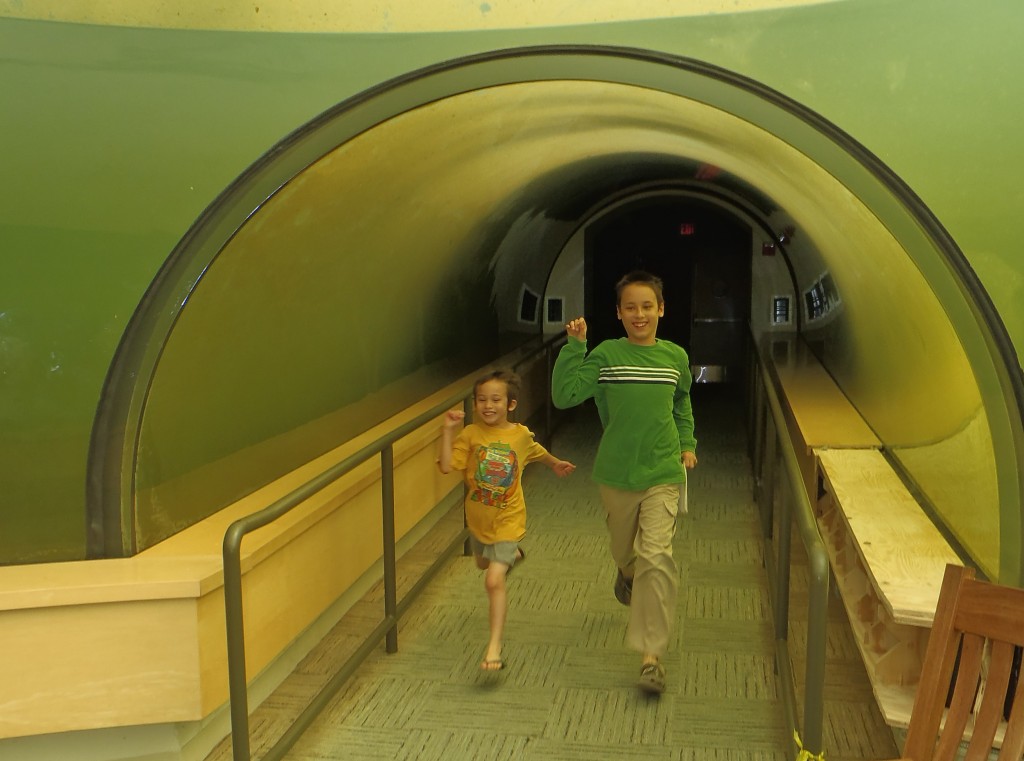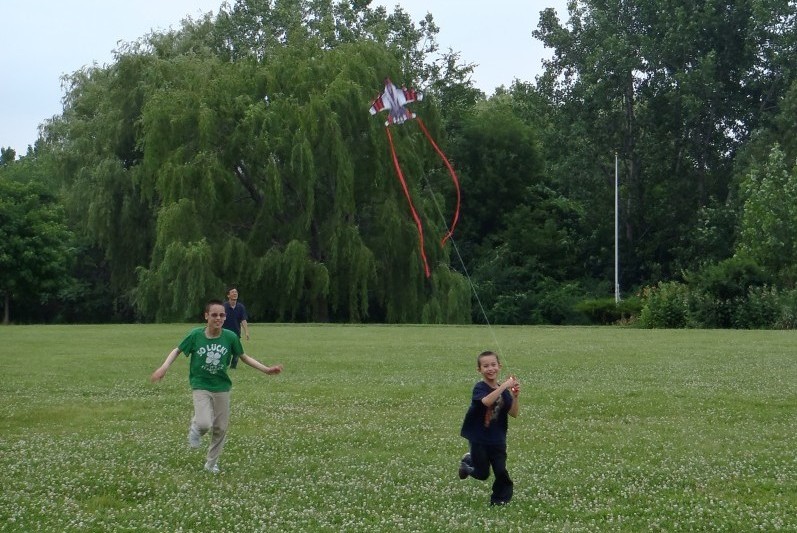
Resources 3. Trampoline
Trampoline jumping strengthens several muscle groups, and most children do not consider it exercise. If you have safety concerns about a trampoline, consider getting a mini-trampoline with a hand rail. We got our mini-trampoline for $10 at a garage sale.
7. High-interest field trips
My specialty as a parent is finding high-interest day trip destinations where my children can walk, run, stretch or climb until they are tired. I don’t tell them that we are actually exercising!
In warm weather we usually go to a park or zoo, and in cold weather, we usually go to a museum. I discovered that even a quiet art museum can provide a great workout with its long corridors and stairs.
9. Fly a Kite
The destination for our neighborhood bike rides is often an open field where we can fly a kite. This activity is ideal for children who are reluctant to exercise. The only way to get that kite up in the air is to get a good running start! Winding and unwinding the kite string helps develop large muscles in the shoulders, too. An informal kite club meets every week at a very windy field near us, so kite-flying can be a social experience, too.






